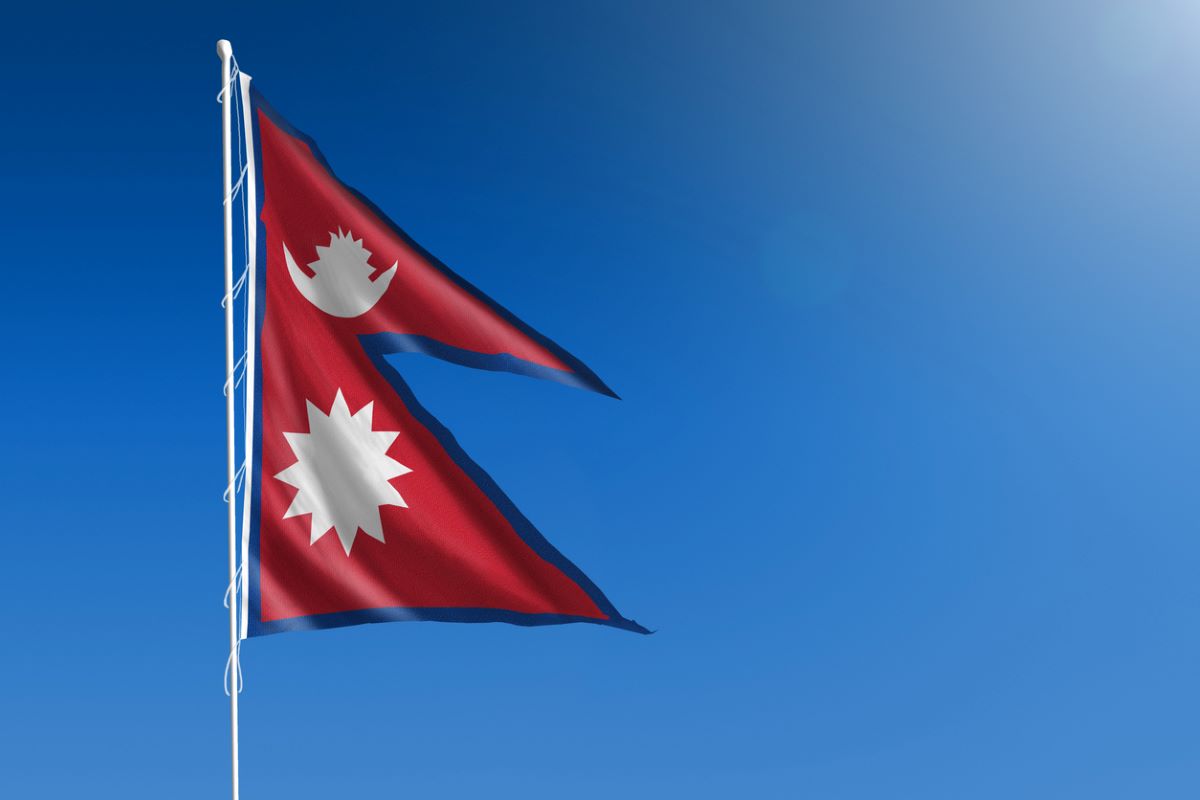The troubles for South Asia show no signs of abating. Even as street protests in Pakistan and Sri Lanka continue with the former grappling with a political-constitutional breakdown and the latter heading towards bankruptcy, another of India’s neighbours, Nepal, is in economic trouble. Kathmandu has curbed the import of all non-essential items to prevent the depletion of its foreign reserves. According to the country’s central bank (Nepal Rastra Bank or NRB), foreign currency reserves dropped by over 16 per cent to $9.59 billion in the seven months leading up to February 2022. The restrictions on the import of non-essential goods ~ including cars, cosmetics, and gold ~ have been followed by instructions to all banks not to issue Letters of Credit for the import of items and services deemed non-essential. An NRB spokesperson justified the move last week saying, “something had to be done to discourage such imports.” The decision comes against the backdrop of the rather unceremonious sacking of NRB Governor Maha Prasad Adhikari for allegedly leaking sensitive information to the media, a move which is not likely to endear the Nepal government to global lending institutions that place a premium on a country’s commitment to ensuring autonomy for its central bank.
The World Bank and the International Monetary Fund are also likely to be concerned about reports ~ echoed by former Prime Minister and Opposition leader KP Oli ~ that Mr Adhikari was punished because he refused to accept finance minister Janardhan Sharma’s “request” to release an amount of $3.2 million thereby thwarting the minister’s alleged attempt to “gobble up” illicit funds that were transferred from a foreign account. Mr Oli has also accused the government of using the economic crisis as an excuse to postpone local elections. Politics aside, there is no denying the fact that the NRB’s figures paint a grim picture of the country’s economic situation ~ current foreign currency reserves can only cover the cost of imports for six months. According to the Asian Development Bank, debt has surged to 41.4 per cent of Nepal’s Gross Domestic Product as the government seeks to increase spending to mitigate the impact of Covid-19. Additionally, in the first eight months of the fiscal year 2021-2022, inflation hit a 67-month high of 7.14 per cent.
Advertisement
The finance minister has dismissed the notion that an economic crisis is looming, claiming that Nepal’s foreign debt is lower than that of other nations in South Asia. That doesn’t say much about Nepal’s economic health, but Mr Sharma insists that all Nepal’s economic indicators are “normal.” He also justified his decision to terminate Mr Adhikari’s services because the promised curbs on “excessive lending to unproductive sectors” were not delivered. According to an emerging markets economist quoted by the BBC, Nepal’s foreign currency reserves are at a “comfortable minimum…(but)if the current account deficit does not narrow, things will regress”. New Delhi, meanwhile, will be watching the unfolding scenario closely as the move to restrict imports would hit India hard ~ Nepal accounted for $9.6 billion worth of exports in 2021.











